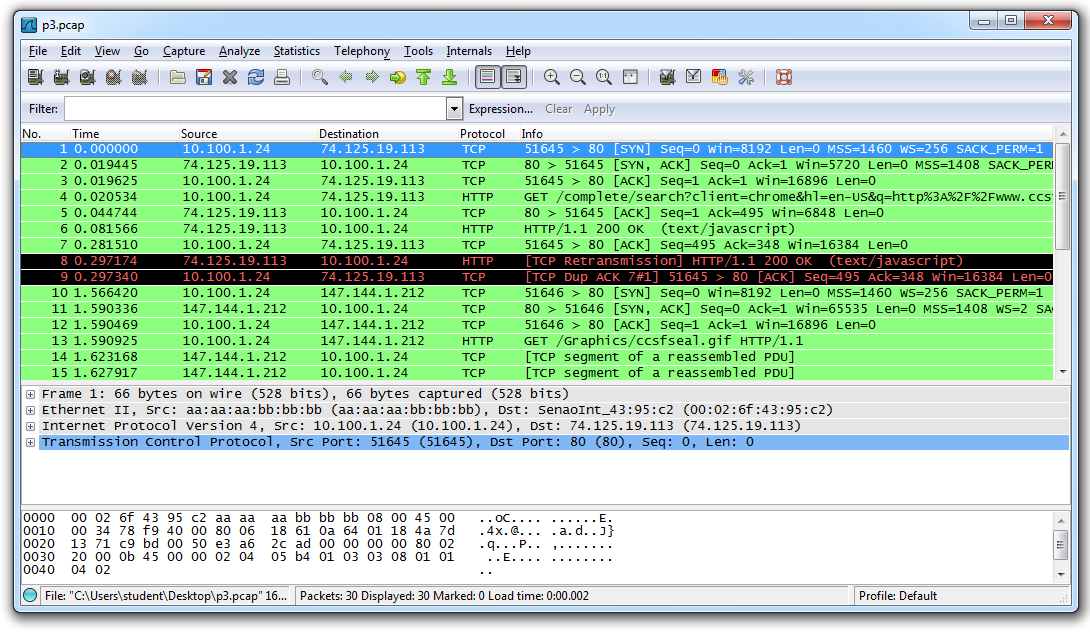
This data corresponds to the packet information printed with the -V flag.
json - Packet Summary, a JSON-based format for a decoded packet's details summary information. This information is the same as the one-line summary that is printed by default. psml - Packet Summary Markup Language, an XML-based format for decoded packet summary information. ps - PostScript for a human-readable one-line summary of each packet, or a multi-line view of each packet's details, depending on whether the -V flag was specified. This data corresponds to the packet details printed with the -V flag. pdml - Packet Details Markup Language, an XML-based format for decoded packet data. fields - The values of the fields specified by the -e option in the format specified by the -E option. Here is a list of formats you can use with tshark command: To capture network traffic with tshark, run the command with the -i option followed by the name of the capture interface you want to use.įor example, to capture traffic on the wireless interface, use: tshark -i wlan0 Red Hat/CentOS Stream sudo yum install wireshark-cliĪrch Linux sudo pacman -S wireshark-cli Capturing network traffic with tshark When compared to tcpdump, tshark has some more filter options to narrow down the results. It extracts data from packets and outputs it in a variety of formats, including plain text, CSV, JSON, and XML. 


One of the key advantages of Tshark is the ability to filter packets based on different criteria. It is a part of the Wireshark package and uses the same packet capture library as Wireshark. Tshark is a command-line network traffic capture and analysis tool.

Or newFile.write(binascii.unhexlify(raw_packet))īut when I am open the filename.You may know about Wireshark, it is GUI but what about capturing and analyzing traffic from the command line? Let's learn about tshark and its usage. I also tried: newFile.write(bytearray(binascii.unhexlify(raw_packet))) I am converting these data back to raw hex data: newFile = open("filename.cap", "wb") In python I am scraping raw data with: substring = onelineĬlean = ''.join() I am trying to create valid cap file that I can read in Wireshark. Because display filters are not supported when saving captured data with tshark








 0 kommentar(er)
0 kommentar(er)
